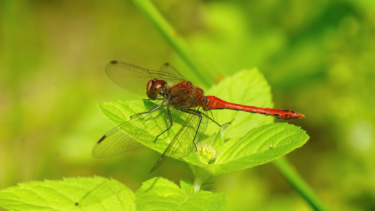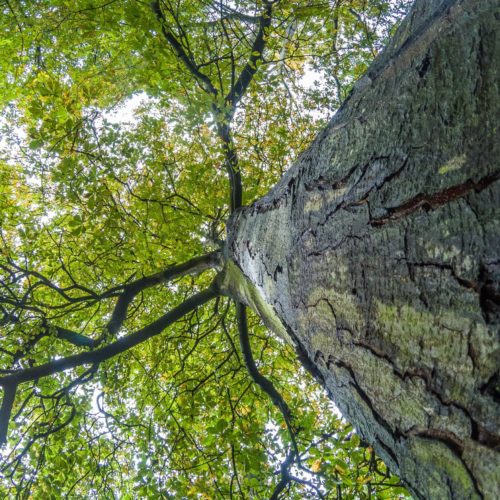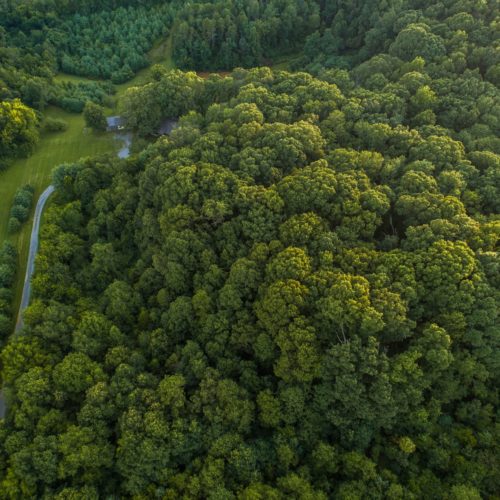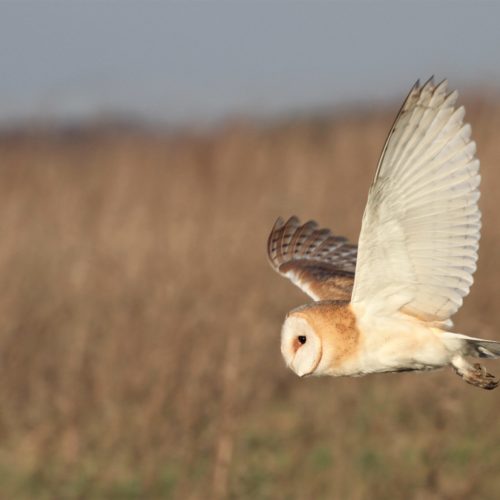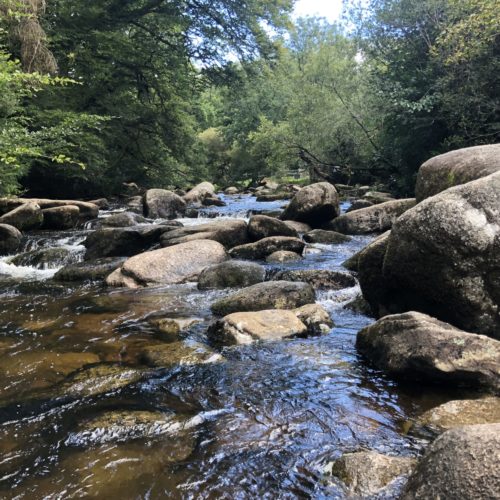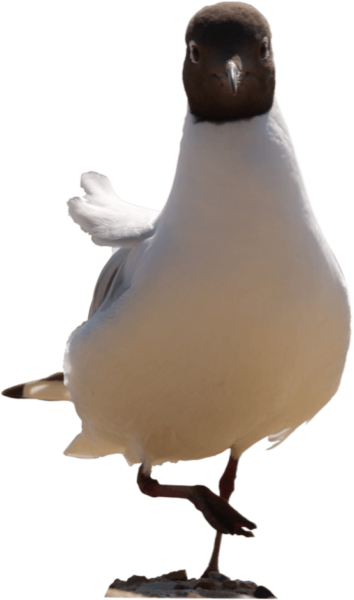Invertebrates: Ecology
Invertebrates are some of the most numerous lifeforms on Earth. In the UK alone, there are over 40,000 invertebrates found in terrestrial, freshwater and marine habitats. The majority of these are insects, comprising 25 different groups, including butterflies, moths, beetles, bees and dragonflies. Invertebrates play a vital role in ecosystem functions and services, through pollination, natural pest control, recycling soil nutrients and they underpin food chains.
“If we and the rest of the back-boned animals were to disappear overnight, the rest of the world would get on pretty well. But if the invertebrates were to disappear, the land’s ecosystems would collapse” – Sir David Attenborough, 20 October 2005.
There is mounting evidence that some invertebrates are declining due to habitat loss, climate change, intensive agricultural practices, pollution and the introduction of invasive non-native species (INNS).
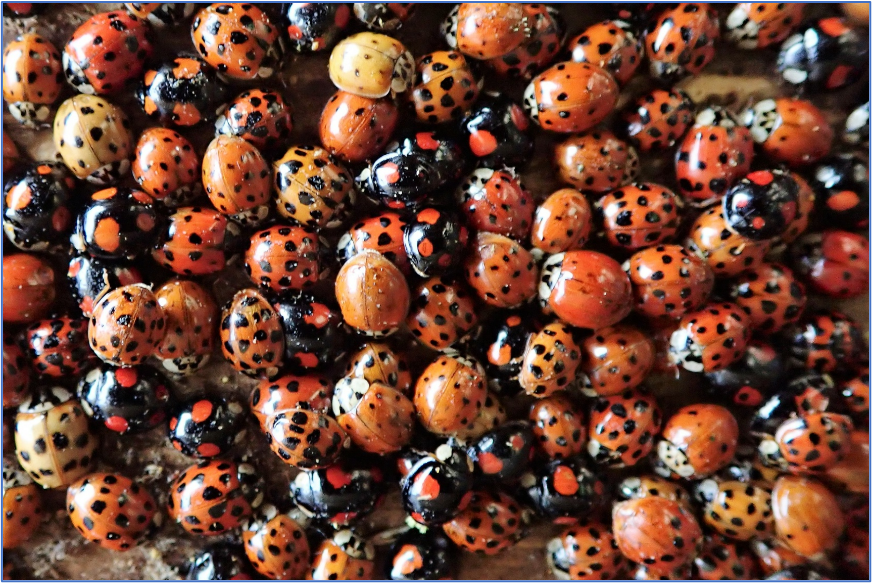
Invertebrates: Legal protection
The Wildlife and Countryside Act 1981 (as amended) is the primary legislation that protects animals, plants and habitats in the UK. A list of protected invertebrate species is included in Schedule 5 of the Act, making it an offence to:
- kill, injure or take them from the wild
- possess or control them (alive or dead)
- damage or destroy a structure or place used for shelter or protection
- disturb them in a place used for shelter or protection
- obstruct access to a place used for shelter or protection
Three species have additional protection under Schedule 2 of the Conservation of Habitats and Species Regulations 2017 (as amended). These are the large blue butterfly (Maculinea arion), Fisher’s estuarine moth (Gortyna borelii lunata) and the little ramshorn whirlpool snail (Anisus vorticulus).
Hundreds of invertebrates are priority species for nature conservation under the Natural Environment and Rural Communities Act 2006 (England), the Environment Act 2016 (Wales), the Nature Conservation Act 2004 (Scotland) and the Wildlife and Natural Environment Act 2011 (Northern Ireland).
Protected and priority species must be considered by Local Planning Authorities (LPAs) when making planning decisions and “Every public authority must, in exercising its functions, have regard, so far as is consistent with the proper exercise of those functions, to the purpose of conserving biodiversity” (NERC Act, 2006).
Invertebrates: Habitat and distribution
Invertebrates can be found in all habitats across the UK, but some habitat types are of higher value to invertebrates than others. These include woodland, wetland, coastal areas, open mosaic habitat on previously developed land and semi-natural vegetation.
Invertebrates that are legally protected, priority species for conservation and/or rare and endangered, often have restricted distributions within the UK and favour a particular habitat type. As do diverse assemblages or communities of invertebrates that are just as important a consideration as rare or protected species.
A preliminary ecological appraisal can easily determine whether a site could be important for invertebrates. This involves:
- a desk study to identify what species of invertebrates have been recorded locally.
- a site visit to identify any habitat types on site suitable for important invertebrates.

Invertebrates: Development considerations
Biodiversity is a key planning consideration – this includes invertebrates. Developers are legally required to assess what environmental impacts their proposals will have and invertebrates should be included in such environmental assessments.
A detailed invertebrate survey will be required to inform the local planning authority if the results of the preliminary ecological appraisal found:
- the proposed development is likely to impact important invertebrate species
- the site contains habitats similar to nearby areas of known invertebrate interest
- a habitat survey has identified features or habitats of significant value to invertebrates
Invertebrate surveys are often used to measure and monitor the condition of habitats and local biodiversity and can therefore be used to inform biodiversity net gain which will soon become mandatory for most new developments.
Invertebrates: Survey techniques
Terrestrial Invertebrates
We undertake a range of invertebrate surveys dependent on the purpose of the survey, the habitat types on site and the target species. Our pragmatic techniques follow NERR005 guidance published by Natural England. Frequently used sampling methods for terrestrial invertebrates include visual searches, sweep netting, suction sampling, pitfall trapping and light trapping.
Freshwater Invertebrates
Our Freshwater team undertake various freshwater invertebrate surveys including kick sampling, boat-based air lift sampling, Predictive SYstem for Multimetrics (PSYM) surveys, River Habitat Surveys and Modular River (MoRPH) surveys.
Marine Invertebrates
Our Marine team are specialists in conducting marine macrobenthic sample analysis. They have built an impressive reference collection of in excess of 100,000 animals from over 3,000 taxa and have specimens from UK waters as well as from the Mediterranean Sea, West Africa, Qatar, and Greenland.
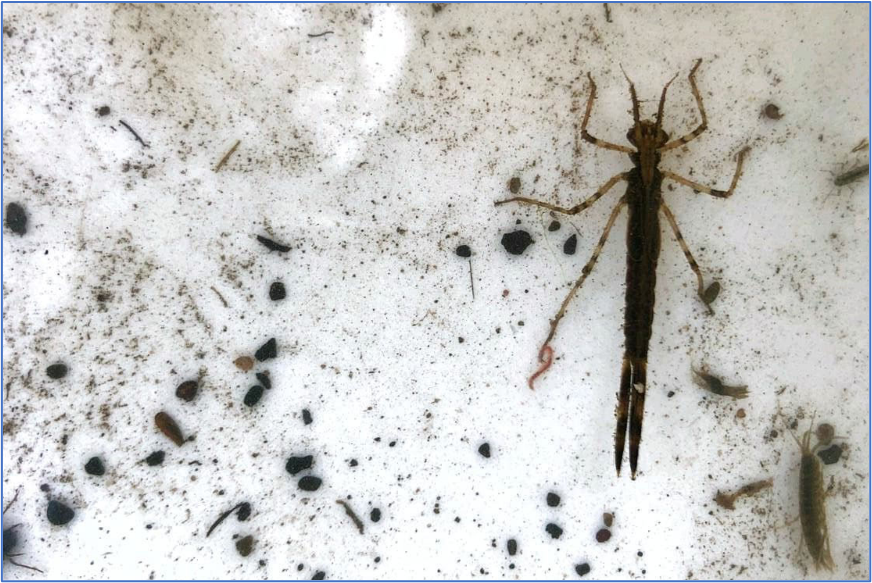
Invertebrates: When to survey
Most British invertebrates have annual life cycles, are more active at certain times of the year and can be identified only when mature. Invertebrates are therefore detectable at certain times of the year, and the number of species recorded will increase with the number of visits.
To make a reliable assessment, the number of surveys required will depend on the site’s invertebrate assemblage and the purpose of the survey. Single visits are acceptable in some cases, but most invertebrate surveys will require three to seven survey visits between April and October.
| Jan | Feb | Mar | Apr | May | Jun | Jul | Aug | Sep | Oct | Nov | Dec |
Download our ‘Species Survey and Mitigation Planner’ to help plan your ecological surveys for all protected species.
Invertebrates: Data analysis and reports
Terrestrial invertebrates recorded on site are analysed using Pantheon – a database tool developed by Natural England and the Centre for Ecology and Hydrology which produces a habitat quality score and can assist with site management decisions.
Our technical reports detail the results of our surveys to ensure legal compliance, support planning applications or for ongoing monitoring. All our reports are accompanied by geospatial maps and quality checked by our in-house GIS and Mapping teams.
Invertebrates: Mitigation
If a site is found to be important for invertebrates, the mitigation hierarchy of avoid, mitigate and compensate, should be followed. If it is not possible to avoid impacts, our ecological consultants can recommend practical solutions to reduce or manage any negative impacts. This can include:
- site design to retain the best areas of invertebrate habitat and to protect uncommon invertebrates in situ;
- changes to the timings of the works to minimise impacts;
- altering the work methods to minimize impacts;
- creation of new habitat suitable for the species that were recorded on site; or
- invertebrate translocations to secure receptor sites.
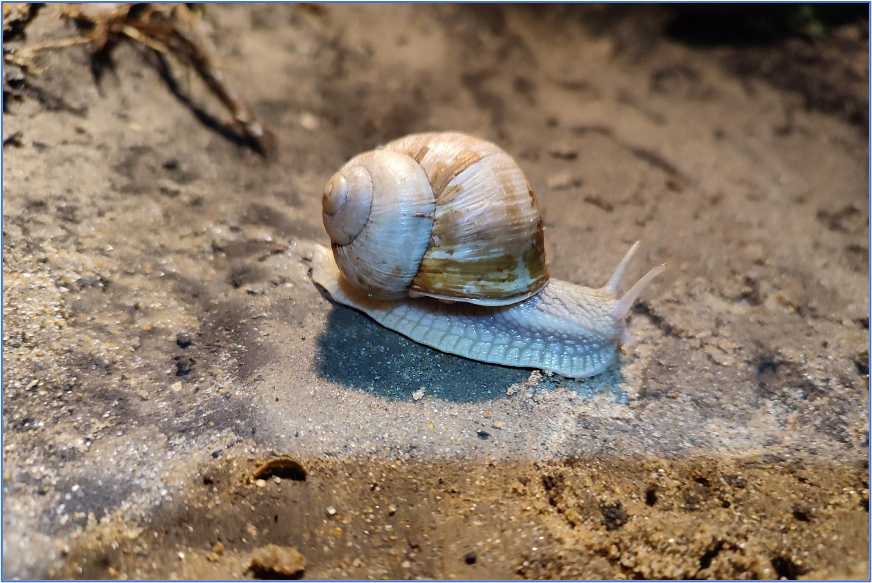
Invertebrates: Licensing
The rarest and most protected invertebrate species are often restricted to nature reserves and other designated sites, so are unlikely to have implications for development. However, if they are to be impacted, a mitigation licence may be required. Thomson can advise whether a mitigation licence is required and can apply on your behalf.
Invertebrates: How we can help
From desk studies and ecological surveys to mitigation design and post development monitoring, Thomson environmental consultants can help you at every stage of your project. We find innovative and creative solutions to find the best outcomes possible to benefit both our clients and the natural world.
To talk to us about how we can help you achieve your goals and improve environmental impacts get in touch.
Book a survey
